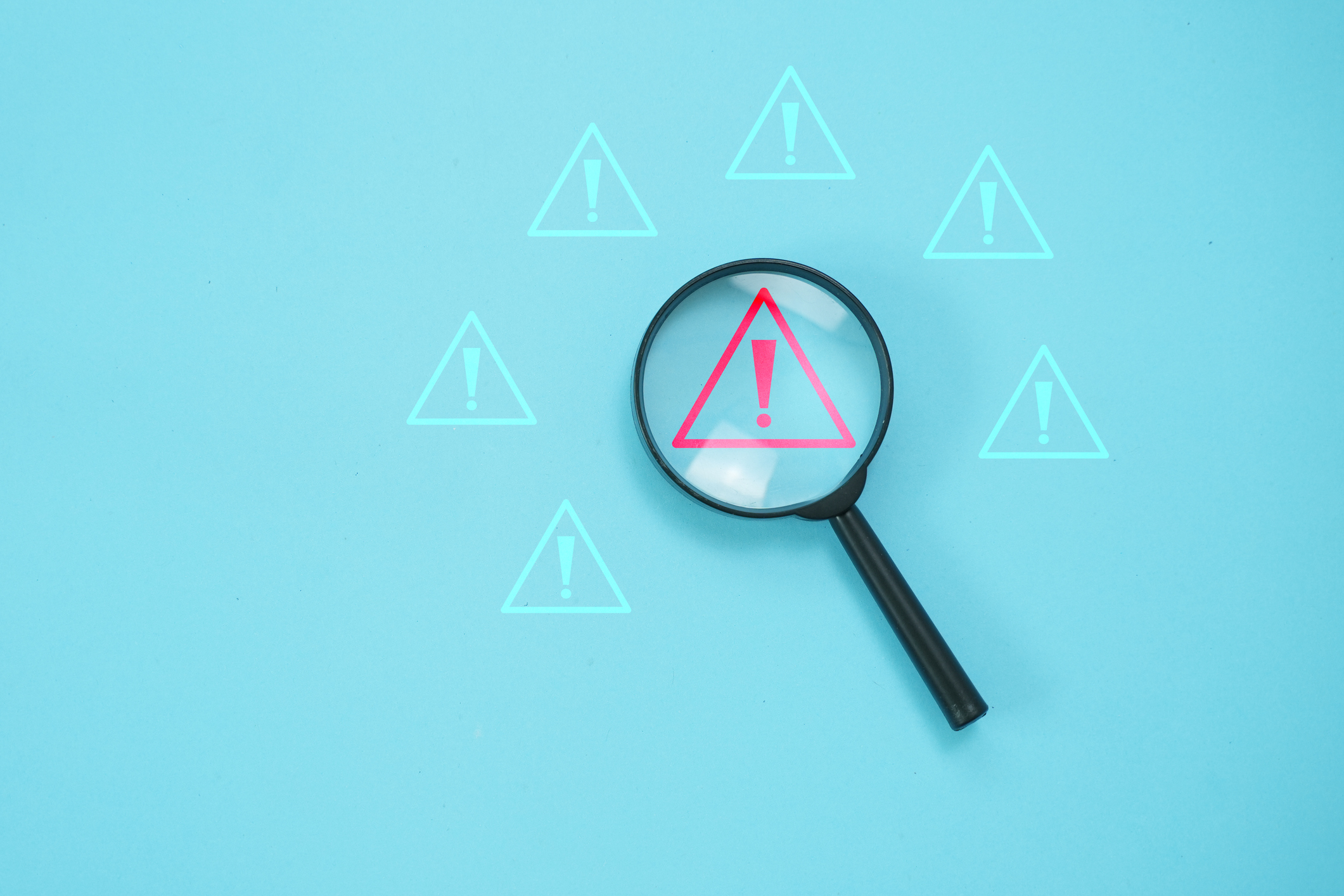2013 Retirement Account Contribution Limits
You'll be able to stash more in a 401(k), IRA and Roth IRA next year.

How much can I contribute to my IRA and 401(k) next year? And will the income limit for Roth contributions rise?
The IRS just announced the new contribution limits for 2013, which increase slightly from 2012. The maximum you can contribute to a 401(k), 403(b), most 457s or the federal government’s Thrift Savings Plan rises from $17,000 to $17,500 in 2013. The catch-up contribution limit for people age 50 or older remains at $5,500.
For more information about boosting your 401(k) contributions, see How to Increase 401(k) Contributions.

Sign up for Kiplinger’s Free E-Newsletters
Profit and prosper with the best of expert advice on investing, taxes, retirement, personal finance and more - straight to your e-mail.
Profit and prosper with the best of expert advice - straight to your e-mail.
You can also kick in more to your IRA in 2013. For both traditional IRAs and Roths, the maximum you can contribute rises from $5,000 to $5,500 (the catch-up contribution is still $1,000 for people age 50 or older, bringing their total to $6,500 in 2013). The income limit for contributing to a Roth also rises slightly -- from $183,000 to $188,000 for married couples filing jointly, and from $125,000 to $127,000 for singles and people filing as head of household. The amount you can contribute starts to phase out if your adjusted gross income is $178,000 or more for joint filers, and $112,000 for singles and heads of household.
There's no income limit for contributing to a traditional IRA, but there are income limits for deducting contributions. Those limits have also increased slightly. For details, see 2013 Pension Plan Limitations.
[EMBED TYPE=POLL ID=23341]
The income cut-off for the saver’s credit (officially called the Retirement Savings Contribution Credit) will also rise a bit. This credit is designed to encourage lower-income workers to save for retirement in a retirement savings plan, such as an IRA or a 401(k). To qualify for the credit, your adjusted gross income must be below $59,000 if married filing jointly (up from $57,500 in 2012), $44,250 for heads of household (up from $43,125) or $29,500 for singles or married couples filing separately (up from $28,750). The lower your income, the bigger the credit, up to $1,000. For more information about the saver’s credit, see A Tax Credit for Retirement Savers.
For more information about saving for retirement, see our Jump-Start Your Retirement Plan special report.
Get Kiplinger Today newsletter — free
Profit and prosper with the best of Kiplinger's advice on investing, taxes, retirement, personal finance and much more. Delivered daily. Enter your email in the box and click Sign Me Up.

As the "Ask Kim" columnist for Kiplinger's Personal Finance, Lankford receives hundreds of personal finance questions from readers every month. She is the author of Rescue Your Financial Life (McGraw-Hill, 2003), The Insurance Maze: How You Can Save Money on Insurance -- and Still Get the Coverage You Need (Kaplan, 2006), Kiplinger's Ask Kim for Money Smart Solutions (Kaplan, 2007) and The Kiplinger/BBB Personal Finance Guide for Military Families. She is frequently featured as a financial expert on television and radio, including NBC's Today Show, CNN, CNBC and National Public Radio.
-
 Is Your Social Security Earnings Record Wrong? Here's How to Fix It
Is Your Social Security Earnings Record Wrong? Here's How to Fix ItYour Social Security benefits are based on your Social Security earnings record. It's important to review your records to avoid having your benefits reduced.
-
 Stock Market Today: Markets Discount Another U.S. Downgrade
Stock Market Today: Markets Discount Another U.S. DowngradeAfter Friday's closing bell, Moody's followed Standard & Poor's and Fitch and cut its rating on U.S. government debt.
-
 Ask the Editor, May 9 — Reader Questions on QCDs
Ask the Editor, May 9 — Reader Questions on QCDsIn our latest Ask the Editor round-up, Joy Taylor, The Kiplinger Tax Letter Editor, answers questions on qualified charitable distributions (QCDs).
-
 Ask the Editor, May 4 — Questions on Tax Deductions, Losses
Ask the Editor, May 4 — Questions on Tax Deductions, LossesIn our Ask the Editor series, Joy Taylor, The Kiplinger Tax Letter Editor, answers readers' questions on tax deductions and losses.
-
 Ask the Editor: Reader Questions, April 25 — 529 plans
Ask the Editor: Reader Questions, April 25 — 529 plansIn our latest Ask the Editor round-up, Joy Taylor, The Kiplinger Tax Letter Editor, answers questions related to 529 plans.
-
 U.S. Treasury to Eliminate Paper Checks: What It Means for Tax Refunds, Social Security
U.S. Treasury to Eliminate Paper Checks: What It Means for Tax Refunds, Social SecurityTreasury President Trump signed an executive order forcing the federal government to phase out paper check disbursements by the fall.
-
 Key 2025 IRS Updates: What You Need to Know
Key 2025 IRS Updates: What You Need to KnowFrom IRA contributions to Social Security COLAs and the standard deduction, several changes are headed our way. Get ready to make the most of them.
-
 IRS Ends Inherited IRA Confusion: Annual RMDs Required for Many
IRS Ends Inherited IRA Confusion: Annual RMDs Required for ManyIRAs The agency has resolved a major point of uncertainty for inherited IRA beneficiaries.
-
 Three Reasons It May Look Like You Love the IRS More Than Your Family
Three Reasons It May Look Like You Love the IRS More Than Your FamilyConsider these strategies to avoid overpaying taxes on your hard-earned money. Your family will thank you for it. (And you’ll thank yourself.)
-
 Retirees Face Significant Tax Bills Due to Fraud
Retirees Face Significant Tax Bills Due to FraudFraud A new report sheds light on how older adult scam victims end up with big tax bills and lost retirement savings.